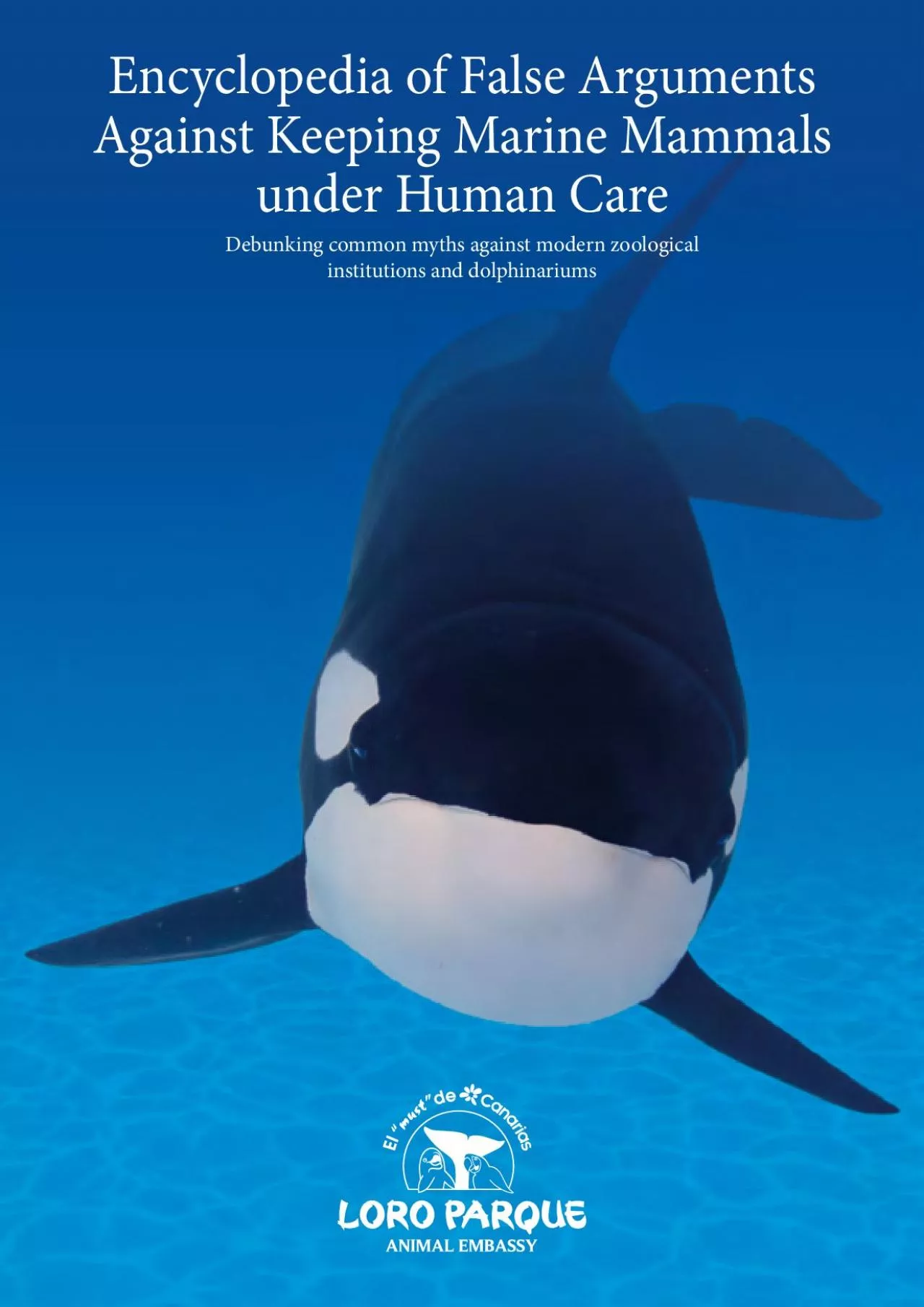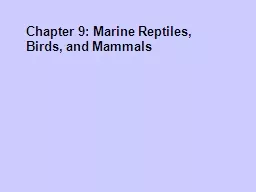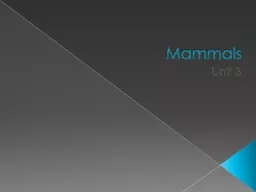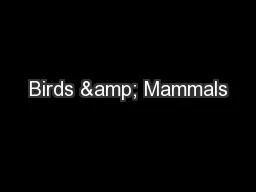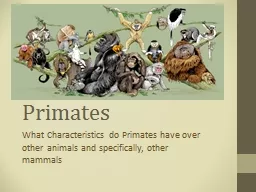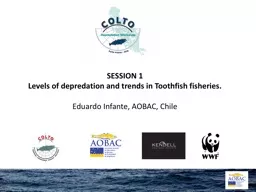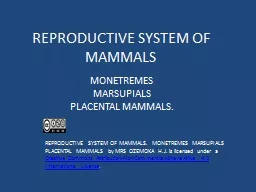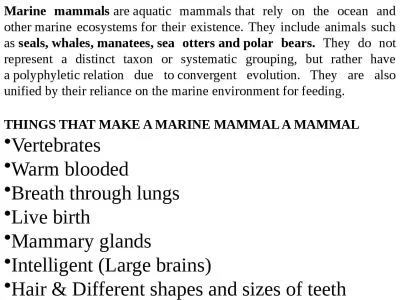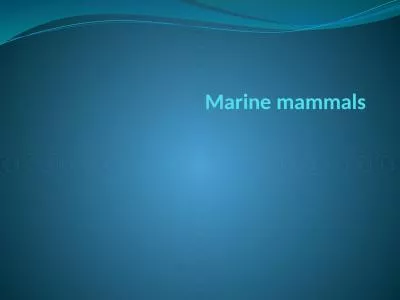PDF-Encyclopedia of False Arguments Against Keeping Marine Mammals under H
Author : evelyn | Published Date : 2021-09-10
2IntroductionOur World is facing the strongest environmental crisis ever and its e31ects are causing the sixth major extinction of the planet Earth More than 7700000000
Presentation Embed Code
Download Presentation
Download Presentation The PPT/PDF document "Encyclopedia of False Arguments Against ..." is the property of its rightful owner. Permission is granted to download and print the materials on this website for personal, non-commercial use only, and to display it on your personal computer provided you do not modify the materials and that you retain all copyright notices contained in the materials. By downloading content from our website, you accept the terms of this agreement.
Encyclopedia of False Arguments Against Keeping Marine Mammals under H: Transcript
Download Rules Of Document
"Encyclopedia of False Arguments Against Keeping Marine Mammals under H"The content belongs to its owner. You may download and print it for personal use, without modification, and keep all copyright notices. By downloading, you agree to these terms.
Related Documents

